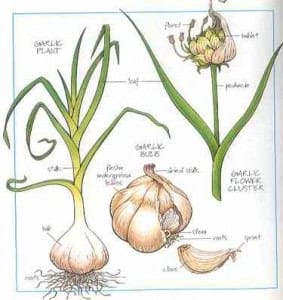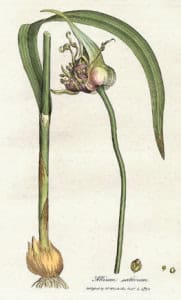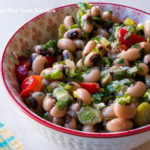Garlic Guide
Allium Sativum, commonly known as garlic, is a species in the onion family Alliaceae. Its close relatives include the onion, shallot, leek, chive and rakkyo. Garlic has been used throughout history for both culinary and medicinal purposes. Garlic is easy to grow and can be grown year round in mild climates. In cold climates, cloves are planted in the ground in the fall and harvested in late spring.
The world’s top garlic producers are:
- China
- India
- Egypt
- Russia
- United States (Gilroy, CA)
- Spain
- Argentina
- Myanmar
- Ukraine
The edible bulb is made up of sections called cloves. When selecting garlic choose firm, plump bulbs with dry skins. Avoid soft or shriveled cloves and garlic that is stored in the refrigerated section of the produce department. It is best to store fresh garlic in an open container in a cool, dark place. Unbroken bulbs can be stored up to 8 weeks. Once broken from the bulb, individual cloves will keep 3 to 10 days.
When cooking with garlic you can grate it, crush it, chop it, press it, puree it, mince it or roast it. Garlic matches well with beans, beef, beets, cabbage, chicken, eggplant, fish, lamb, lentils, mushrooms, pasta, pork, potatoes, rice, shellfish, spinach, tomatoes, and zucchini.
1 Clove = 1 Teaspoon Chopped Garlic
American: White Skinned & Strong Flavored
Italian: Purplish Skin & Slightly Milder Than White Skinned Garlic
Mexican: Similar To Italian Garlic, Purplish Skin & Milder Than American Garlic
Elephant: Not A True Garlic, But A Member Of The Leek Family. It Has A Rather Tame Garlic Flavor. With A Bulb The Size Of A Grapefruit, It Is Sometimes Sold By The Cove.
Garlic Shoots/Scapes: These Green Shoots, Which Resemble Chives, Are The Stems Of An Immature Garlic Plant. They Have A Mild Garlic Flavor And Can Be Used Raw Or Cooked.
Green Garlic: Garlic That Has Been Harvested Just Before It Begins To Form Cloves.







